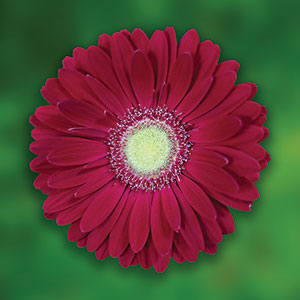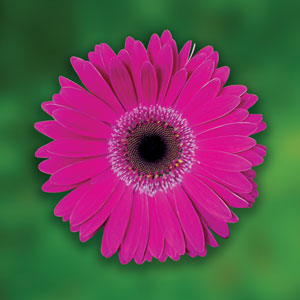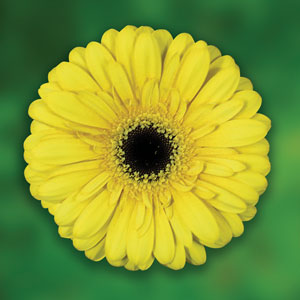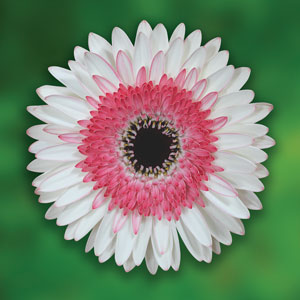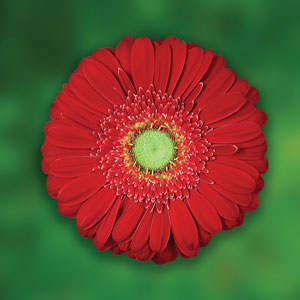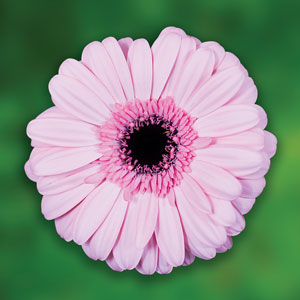Gerbera Growing Guide

What is Gerbera?
Gerbera (Gerbera jamesonii G. hybrids) also known as African Daisy, Barberton Daisy, Transvaal Daisy is a perennial flowering shrub. It is part of the Asteraceae or daisy family and has been cultivated from the native Gerbera from South Africa. The Gerbera flowers in Summer through to Autumn on long stems that appear about the dull green foliage. There are a variety of different cultivars which are available and they can flower as single, semi-double or double in a wide variety of colours, including scarlet, apricot, orange, yellow, white, red, pink and often two tones. The centers are usually black, yellow or green, however can vary in variety. Having originated from South Africa they grow best in warm climates where some will even stay evergreen. In cold climates Gerberas will go dormant over the Winter period before bouncing back during Spring. Gerberas need a full sun position that is sheltered from strong winds and frost. They need excellent drainage in the soil, particularly in colder climates. If your soil is poorly drained, grow the plants in a raised garden bed or pots.
Benefits of Growing Gerbera
Gerberas make a very attractive and usually easy to grow plant in your garden. They make excellent border plants and will provide you with bountiful blooms throughout the growing season. Gerberas make fantastic cut flowers. Pick flowers that are fully open, as these cut flowers should last 10 to 14 days. Picking the blooms (or removing spent ones) will also encourage more flowers on the plant. Gerbera cut flowers are popular due to their generally long stems and long-lasting performance. Gerbera plants are a great plant for short periods of time indoors and can also be grown under patios and verandas.
How to Grow Gerbera
Climatic Zones
Cool to tropical.
Plant Size
Height: 45cm, Width:45cm
When To Plant Gerbera
Plant in Spring in cooler climates after the last frost, all year round in warm climates.
Soil Preparation
Extremely well drained soil. Use a raised garden beds if you soil is not. Dig through some compost to your soil before planting.
How To Plant Gerbera
Plant in full sun, 45cm apart with the plant crown at soil level.
Gerbera Plant Care
Regular and thorough watering during the growth period is required. Do not allow plants to become waterlogged.
Gerberas like a general fertiliser with occasional liquid feeds whilst growing.
Trimming off dead flowers stems once the blooms have faded can usually encourage a second flush of flowers. During Winter they will become dormant so this is the ideal time to cut back to a few cm above ground level.
These plants can easily be divided after a few years. Simply dig up and divide clumps during Winter then replant as soon as possible.
They will suffer from Root Rot disease if soil conditions are not perfect ( soil not well draining or water logged). Planting in a pot with a good quality potting mix (without water saving granules) is a solution if soil is too heavy.
Clean up plants by regularly removing diseased or dead foiliage and spent flower stalks.
Recommended Gerbera Varieties
Small flowering shrub that has an abundance of flowering power that will brighten up your garden.

